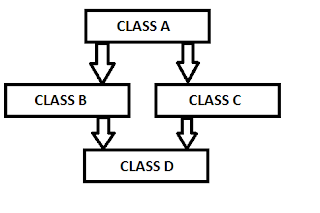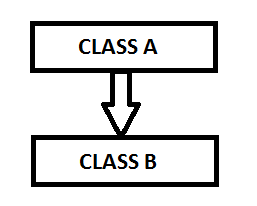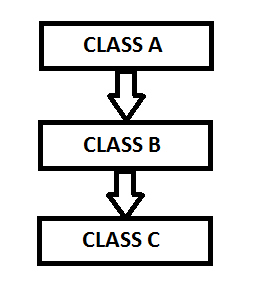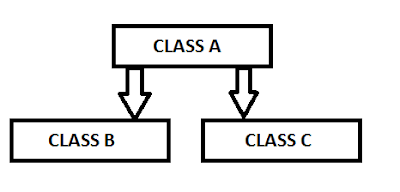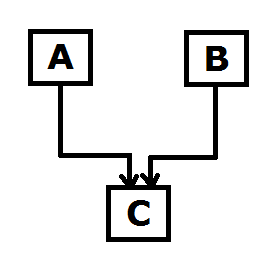Session
layer is also known as port layer. This layer provides a mechanism for managing
conversation between communicating devices. Session layer set up a connection
between communicating devices and if the connection is not used for
a long time, then the connection is closed or re-open. Connection may be either
half duplex or full duplex. Session layer establishes, maintains and
synchronizes the interaction among communication devices. Session layer is
network dialog controller.
Functions of Session Layer
Dialog Control: Session layer allows
communication between two processes. The communication may be in either half
duplex mode or full duplex mode.
Synchronization: Session layer allows
process to add synchronization points or check points. For example, if a
communication device is sending a file of 600 pages, so it is
recommendation to add checkpoints after each 60 pages to ensure that each 60
page is received or acknowledged independently. In a case, if a crash happens
at page no 520, then there is no need to send previous 500 pages.
Interaction Management: It allows presentation layer entities to interact each other and control its functions.
Token Management: Session layer provides tokens that can be exchanged between communicating parties and only the side having token can perform critical task.
